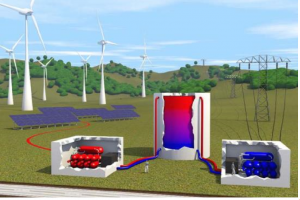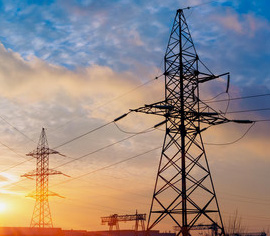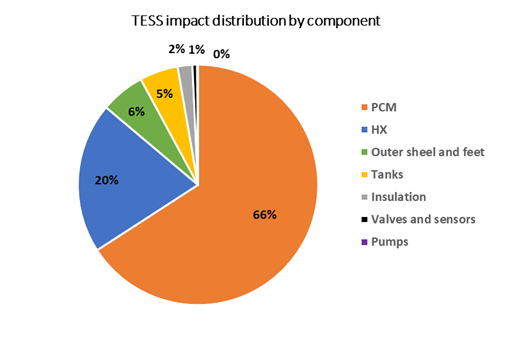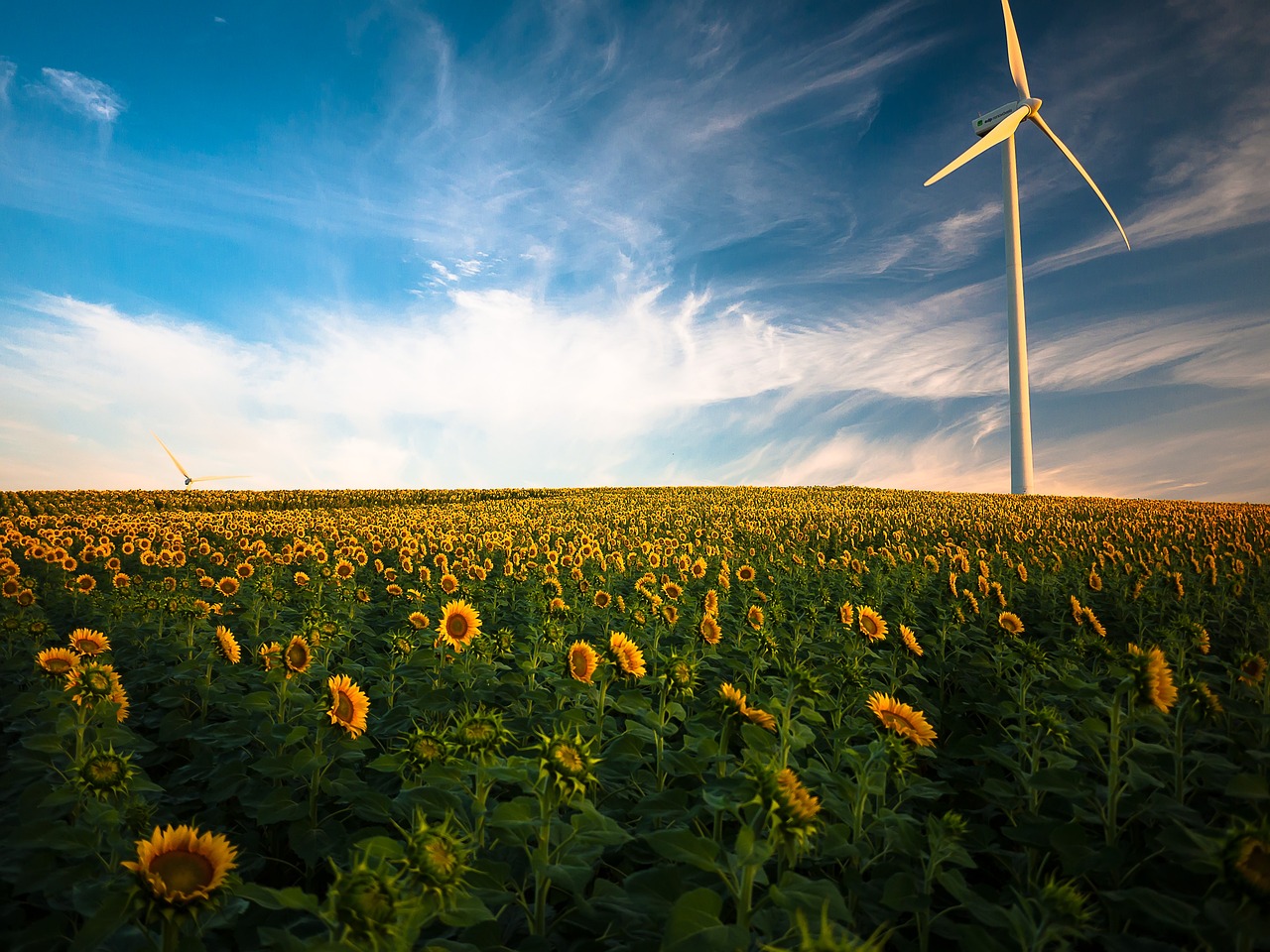On April 1, 2019, the CHESTER project turned 1 year. We at the CHESTER project are very excited, as it has been a very eventful and productive year.
What CHESTER is all about
The first year of this four year-project was all about developing CHESTER’s identity and developing a standard solution for the CHEST concept (Compressed Heat Energy Storage) by combining a high temperature heat pump, a thermal energy storage and an Organic Rankine Cycle (ORC)unit. Before we dive into the achievements of the first year, the concept needs to be explained as the idea behind it is ground-breaking. The CHESTER project deals with an innovative concept for energy storage formed by the integration of different technologies such as a high temperature heat pump, a thermal energy storage system and an ORC, managed by a smart control system. Overall, the integration of all these technologies in an innovative, efficient and smart CHEST system, will lead to a very promising energy storage and management system that provides increased flexibility to the power grid. Indeed, it will allow the integration of different RES like solar photovoltaics, thermal solar, wind, biomass, geothermal and other waste heat sources. In this way the project contributes to the EU objectives to ensure safe, sustainable, affordable and competitive energy for households and industry.

Figure 1. Conceptual drawing of a CHEST facility that takes electricity form a solar panel or wind farm and uses it to run a heat pump (red tanks). Heat is stored in a large tank and is later sent to a heat engine (blue tanks), where electricity is produced
First year achievements
CHESTER partners started defining, analysing and evaluating the requirements of the individual technologies that form the CHEST system; a high temperature heat pump (HT-HP), an organic Rankine cycle (ORC) and a thermal energy storage (TES), which consists of latent (LHTES) and sensible (SH-TES) heat thermal energy storage systems. The first project year set up the requirements and specifications for a comprehensive concept:
- A model of the CHEST system and its framework was set up and a comprehensive assessment of each case study was carried out.
- Seven case studies were assessed in order to define the user requirements and boundary conditions with a preliminary estimation of the potential CHEST benefit.
- Requirements of the overall CHEST system have also been identified.
- The requirements of the individual technologies that form the CHEST system were defined, analysed and evaluated.
As a result, a solid base has been established for the actual research and design of the concept and its underlying technologies. A good start has already been made with analysing and modelling the high temperature heat pump, the thermal energy storage systems, the Organic Rankine Cycle, and the high pressure heat driven pump for the ORC-system.
A start has also been made on the monitoring of pilot cases in Aalborg and Ispaster as they were clear candidates for going further. Finally, work has also started on modelling the advanced dynamic model for a full-scale CHEST system.
So, you see: the project group has been busy working towards the development of a next generation technology of renewable electricity and heating/cooling, all for the greater good of our European Energy-Society. We will certainly keep you posted!



